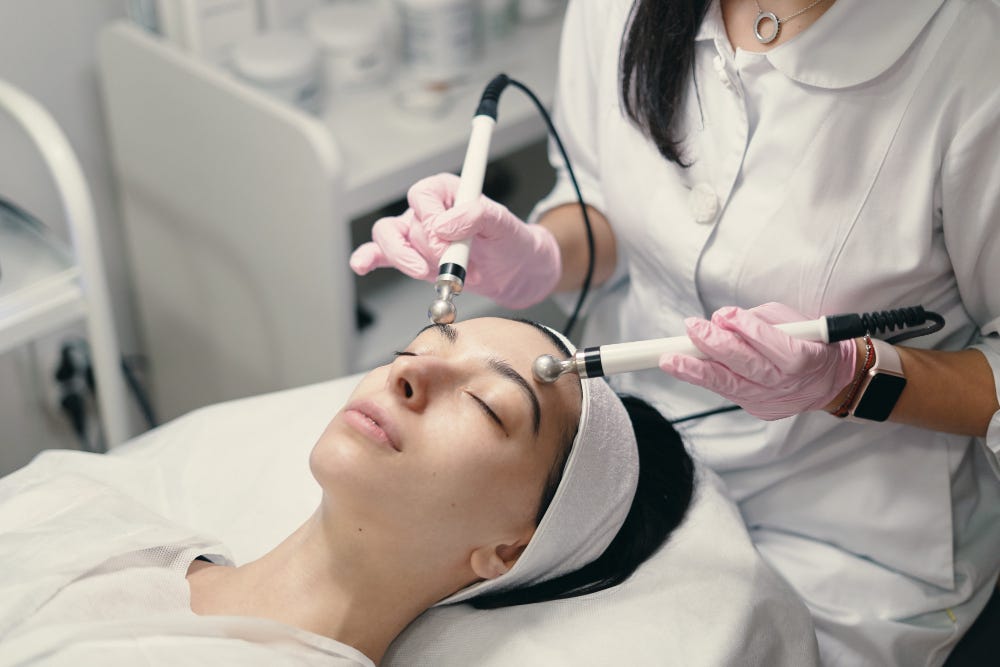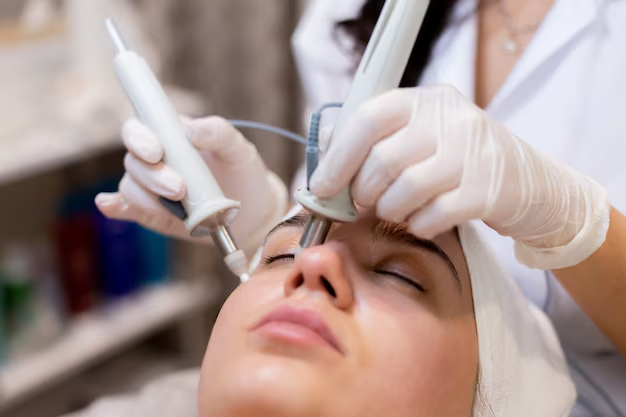Laser eyebrow tattoo removal has become a go-to solution for those looking to remove or fade unwanted eyebrow tattoos. Whether it’s due to a change in personal style, an unsatisfactory tattoo outcome, or simply the desire for a fresh start, understanding the laser removal process can help set realistic expectations. Here’s a detailed look at how laser eyebrow tattoo removal works, what the process entails, and what you can expect during each session.
1. How Laser Eyebrow Tattoo Removal Works
The laser tattoo removal process is based on a method called selective photothermolysis. Here’s how it works:
- Laser Targeting: The laser emits pulses of highly focused light that target the tattoo pigment in the skin. Different pigments absorb different wavelengths, allowing the laser to break down specific colors without damaging surrounding skin.
- Breaking Down Pigment Particles: The laser light energy heats up the tattoo ink particles, causing them to shatter into tiny fragments.
- Body’s Immune Response: Once the pigment particles are broken down, the body’s immune system naturally absorbs and flushes them out over time, resulting in gradual fading with each session.
2. The Type of Laser Used Matters
For eyebrow tattoos, specific lasers are used to ensure both safety and effectiveness:
- Q-Switched Lasers: Known for their rapid light pulses, Q-switched lasers (like the Q-switched Nd
) are highly effective at targeting dark inks, such as black and brown, commonly used in eyebrow tattoos.
- Picosecond Lasers: Picosecond lasers, such as the PicoSure, use ultra-short bursts of light energy to break down pigment particles. They’re particularly effective for removing stubborn or light-colored pigments, like red or yellow, with less risk of skin damage.
3. Preparing for the Treatment
Before beginning treatment, a consultation with a qualified technician is essential. They will examine your tattoo and skin type to create a tailored treatment plan. This initial meeting often involves discussing factors like the tattoo’s age, pigment color, skin sensitivity, and any medical history that could affect the process.
Once you’re ready to begin, here’s what to expect:
- Numbing the Area: Before the session, a numbing cream is typically applied to the eyebrow area to reduce discomfort.
- Protective Gear: You’ll wear special goggles to protect your eyes from laser exposure, as lasers emit bright pulses of light.
4. The Treatment Session: What Happens
During a typical laser eyebrow tattoo removal session:
- Laser Application: The technician holds a small, handheld device over the tattooed area. Pulses of light are applied, targeting the pigment while avoiding the surrounding skin. Each pulse feels like a mild snap or pinch.
- Short Session Times: Eyebrow tattoos are relatively small, so most sessions last only about 10-30 minutes. However, several sessions will be necessary for complete removal.
5. Aftercare: Essential for Healing and Best Results
Post-treatment care is essential to support healing, minimize side effects, and achieve optimal results. After each session:
- Avoid Sun Exposure: The treated area will be sensitive, so it’s important to keep it out of direct sunlight for at least a few weeks to prevent pigmentation issues.
- Use Healing Ointments: Apply a soothing ointment as recommended by your technician to protect the skin and reduce redness or irritation.
- Avoid Scratching or Picking: As the skin heals, you may experience some minor scabbing. It’s important to avoid picking or scratching to prevent scarring.
- Cold Compresses: To reduce any immediate swelling or discomfort, gently apply a cold compress to the area after treatment.
6. How Long Does the Process Take?
Laser eyebrow tattoo removal is a gradual process. On average, complete removal requires 3-6 sessions spaced about 4-6 weeks apart. Factors like the tattoo’s color, depth, and age play a role in how quickly results become visible. For instance, older tattoos and darker inks often fade faster than fresh tattoos with lighter colors.

7. Potential Side Effects and Risks
Laser eyebrow tattoo removal is generally safe, but it’s normal to experience some mild side effects after treatment:
- Redness and Swelling: This is the most common immediate reaction, but it typically subsides within a day or two.
- Temporary Skin Discoloration: Some people may experience hyperpigmentation (darkening) or hypopigmentation (lightening) of the skin in the treated area. This usually resolves as the skin heals.
- Minor Scabbing or Blistering: In some cases, minor scabs or small blisters may form. These should be left to heal naturally without picking.
8. Is Laser Eyebrow Tattoo Removal Right for You?
Laser eyebrow tattoo removal can be a great solution for those looking to alter or remove an eyebrow tattoo. However, certain factors may impact your eligibility:
- Skin Type: People with darker skin tones may be at a slightly higher risk of pigmentation changes, though modern laser technology can often accommodate all skin types safely.
- Tattoo Characteristics: If your tattoo is very fresh, very light in color, or has a mixture of pigments, you may need more sessions or specialized laser settings.
- Medical Considerations: If you’re pregnant, nursing, or have an active skin condition, you may need to wait before starting laser removal.
Final Thoughts
Understanding the process of laser eyebrow tattoo removal helps set realistic expectations and prepares you for each step. By following pre- and post-treatment guidelines and choosing a qualified, experienced professional, you can safely and effectively work toward the results you want. Patience is key, as each session will bring gradual improvement until the tattoo is fully faded or removed, allowing you to enjoy a fresh start.
